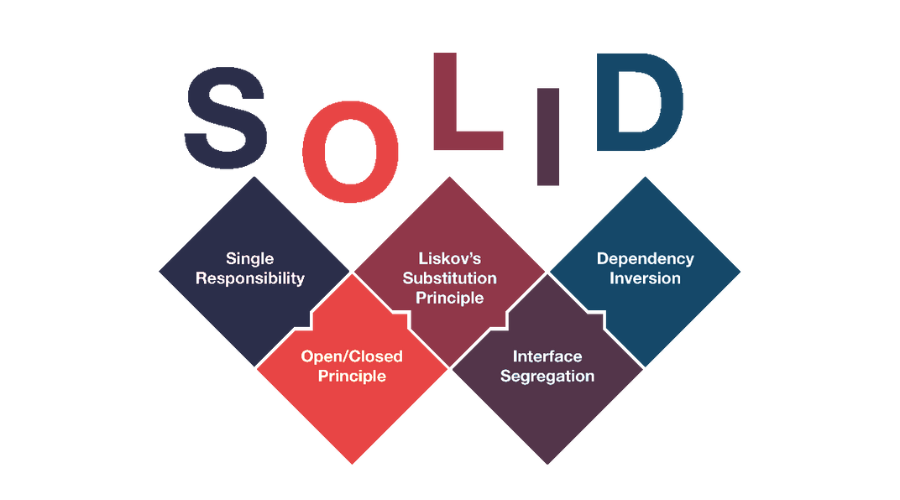Introduction
In the rapidly evolving world of software development, businesses must choose the right architecture to ensure scalability, performance, and maintainability. The debate between Microservices and Monolithic architectures continues as companies seek the most efficient way to build and deploy applications. At Moni Digital, we specialize in helping businesses navigate these choices by designing high-performing and future-ready software solutions.
Understanding Monolithic Architecture
A monolithic application is built as a single unified unit where all functionalities, including the user interface, business logic, and database, are tightly coupled.
Advantages of Monolithic Architecture
- Simpler Development & Deployment – Easy to develop, test, and deploy since everything is in one place.
- Better Performance – No overhead of inter-service communication as everything runs in the same process.
- Easier Debugging & Monitoring – All components reside in one codebase, making it easier to trace and debug issues.
- Lower Infrastructure Costs – No need for complex distributed systems, reducing operational overhead.
Disadvantages of Monolithic Architecture
- Scalability Challenges – Scaling requires deploying the entire application, leading to inefficiencies.
- Difficult to Maintain – As the codebase grows, making changes becomes complex and risky.
- Slow Deployment Process – A single failure can bring down the entire system, slowing down updates and releases.
- Limited Flexibility – Hard to adopt new technologies as the entire stack is coupled.
Understanding Microservices Architecture
A Microservices-based system breaks down an application into smaller, independent services that communicate through APIs. Each service is responsible for a specific functionality and can be developed, deployed, and scaled independently.
Advantages of Microservices Architecture
- Better Scalability – Services can be scaled independently, optimizing resources.
- Improved Maintainability – Smaller, modular components make development and debugging easier.
- Faster Deployments – Changes can be deployed without affecting the entire application.
- Technology Flexibility – Different services can use different programming languages, databases, and frameworks.
- Resilience & Fault Isolation – Failure in one service does not impact the entire system.
Disadvantages of Microservices Architecture
- Increased Complexity – Requires managing multiple services, APIs, and databases.
- Higher Infrastructure Costs – Needs Docker & Kubernetes, load balancing, and orchestration tools.
- Challenging Debugging – Distributed systems make error tracing more complex.
- Latency & Network Overhead – Inter-service communication can add delays if not optimized properly.
Choosing Between Monolithic and Microservices Architectures
The choice depends on business goals, application complexity, and scalability needs.
|
How Moni Digital Helps Businesses Transition
At Moni Digital, we assist businesses in designing cloud-native, scalable architectures by leveraging the power of Microservices, APIs, Event-Driven Systems, and Infrastructure as Code. Whether you need to migrate from a monolithic system or build a Microservices-based application from scratch, we provide expert solutions using Docker, Kubernetes, and Agile Development Practices.
Conclusion
Both Monolithic and Microservices architectures have their pros and cons. While monolithic applications are ideal for startups and small projects, microservices are the future of scalable, flexible, and resilient software systems.
Want to build a future-proof, scalable application? Get in touch with Moni Digital at www.monidigi.com to discuss your next big project!





